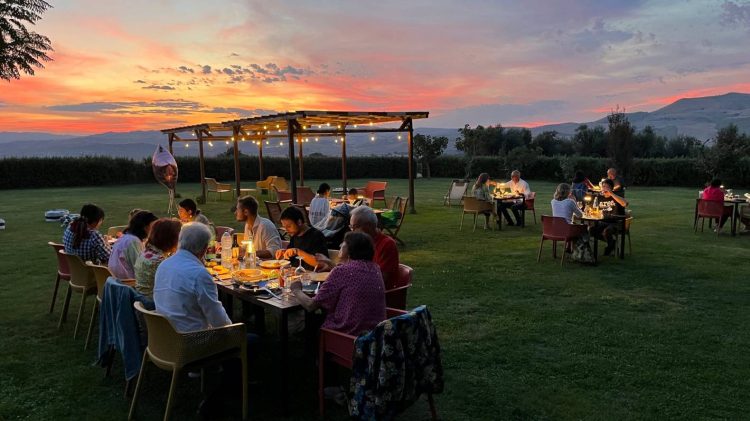Molise, one of Italy’s 20 regions, often gets overlooked by tourists and even locals. It’s often seen as an unremarkable backwoods, with no major attractions to its name. However, after a family road trip, I’ve come to appreciate Molise’s charm. In an era where Italy is overrun by tourists, visiting Molise feels like discovering the true heart of Italy.
Molise may not have any major tourist sites, but it has beautiful beaches free from tourist shops, ancient towns that are delighted to see visitors, and stunning landscapes. Not to mention, it offers delicious food at prices reminiscent of the 1980s.
Molise is home to several unique towns. Frosolone is known for its artisanal knives, Carpinone is built on a steep mountainside, and Agnone is home to the world’s second-oldest family business, a foundry that makes bronze bells for the Vatican.
Visiting Molise requires some commitment. Public transportation is scarce, so a rental car is necessary. Patience is also required as Google Maps often misdirects you. However, the effort is worth it. The region’s lesser-known sites are unspoiled by tourism, and the locals are genuinely happy to see visitors.
The state of tourism in Italy is chaotic. Many of the country’s most famous places are overrun by tourists, making it difficult to experience local life. In contrast, Molise remains authentic and untouched by the effects of tourism.
In the first six months of this year, Italy saw 48 million foreign visitors. Of these, only 20,000 visited Molise, making it the country’s least visited region. However, this lack of visitors allows for a more genuine experience for those who do visit.
Molise’s cuisine is rich in meats, cheese, and wild vegetables. The restaurants may not look like much on Google, but they often serve delicious food at affordable prices.
Despite its challenges, Molise offers a unique and authentic Italian experience. Its lack of tourists allows for a more personal and genuine interaction with the locals. The region’s natural beauty, delicious food, and unique towns make it a hidden gem in Italy.























































-helped-regain-her-strength-and-balance-using-Nymbl-after-a-fall.-660x440.jpg)


